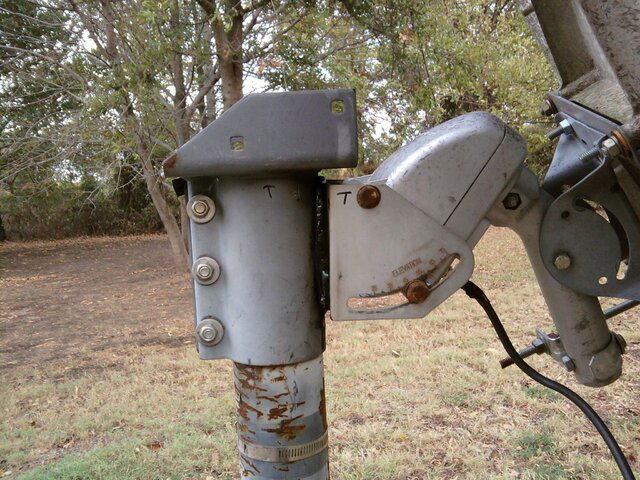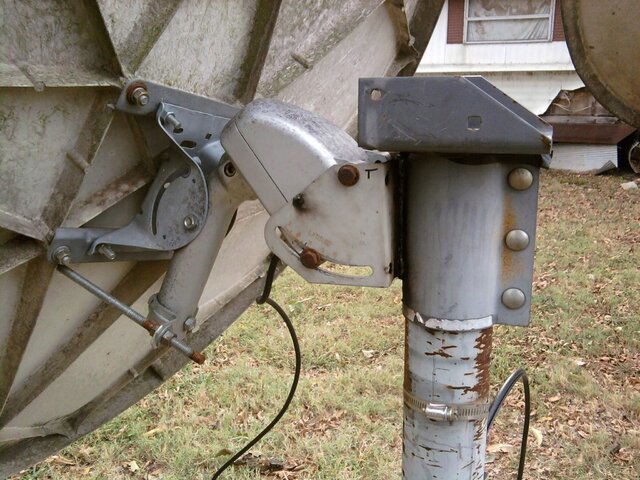Radar, I decided to go USAL all the way on my Ultra. In my earlier thread on the subject of using D 1.2, you mentioned to me you didn't understand why I wasn't using USAL.
Well after spending many hours trying to program the Ultra, I thought I finally managed to get the D 1.2 to work. It did for a while but gradually I began to have problems with the settings. If I go to a satellite that is stored in the 1.2, it will go there, see the channel I watch, then the dish moves away some. I had to go to the TV Channel Antenna setup, reset that satellite and save again. Then the other satellites had to be reset again. The AZBoxes doesn't seem to do well with the D 1.2.
So I decided to go USAL. But I could use some help in doing so.
The Coolsat 8000 I was using was fine with the D1.2. Held the positions well. I do not want to slave the Ultra to it since I will be using the CS8000 with my other dish system.
I thought about getting a C/Ku LNBF for my 4DTV dish system but am waiting for the situation with the 4DTV to play itself out by end of the year.
Here is what going on, I use the USAL to move the dish to a satellite to program.
It would go there but doesn't see the satellite. When I use the D1.2 I would move like 4 degrees east to find the satellite. Then I program it in.
So this tell me that for me to use the USAL, I would have to move the dish from the mount east to about 4 degrees (while in the USAL Mode) until I get that signal and after tightening the mount, begin to adjust the dish up till I get the strongest signal then re tightening it.
Then I should be able to use USAL on other satellites with no problem
Am I right on this issue?
I will wait on your (or any of you members in this site) response to help me understand what to do.
Thanks in advance!
Well after spending many hours trying to program the Ultra, I thought I finally managed to get the D 1.2 to work. It did for a while but gradually I began to have problems with the settings. If I go to a satellite that is stored in the 1.2, it will go there, see the channel I watch, then the dish moves away some. I had to go to the TV Channel Antenna setup, reset that satellite and save again. Then the other satellites had to be reset again. The AZBoxes doesn't seem to do well with the D 1.2.
So I decided to go USAL. But I could use some help in doing so.
The Coolsat 8000 I was using was fine with the D1.2. Held the positions well. I do not want to slave the Ultra to it since I will be using the CS8000 with my other dish system.
I thought about getting a C/Ku LNBF for my 4DTV dish system but am waiting for the situation with the 4DTV to play itself out by end of the year.
Here is what going on, I use the USAL to move the dish to a satellite to program.
It would go there but doesn't see the satellite. When I use the D1.2 I would move like 4 degrees east to find the satellite. Then I program it in.
So this tell me that for me to use the USAL, I would have to move the dish from the mount east to about 4 degrees (while in the USAL Mode) until I get that signal and after tightening the mount, begin to adjust the dish up till I get the strongest signal then re tightening it.
Then I should be able to use USAL on other satellites with no problem
Am I right on this issue?
I will wait on your (or any of you members in this site) response to help me understand what to do.
Thanks in advance!
Last edited by a moderator:



